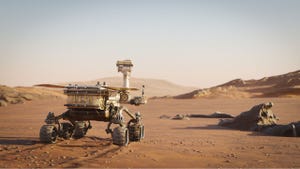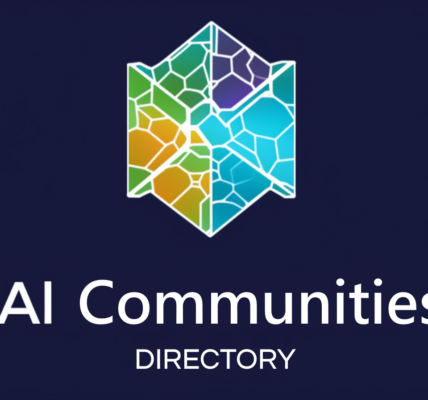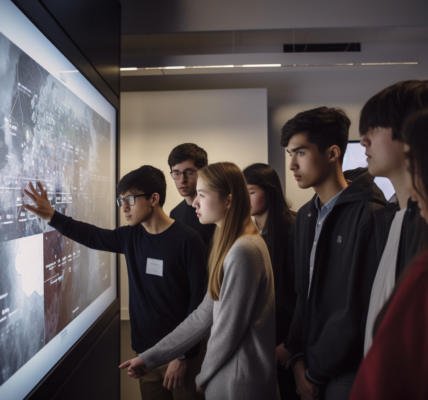Here is a rewritten version of the original text using Markdown for better SEO performance and structured content:
Introduction
The integration of artificial intelligence (AI) into geoscience has opened new avenues for understanding complex Earth systems. AI’s ability to analyze vast datasets, identify patterns, and predict trends has significantly enhanced research capabilities. This article explores the transformative impact of AI on various branches of geoscience.
1. Overview of Geoscience
Geoscience is a multidisciplinary field that studies the physical processes shaping Earth. It encompasses disciplines like meteorology, oceanography, geology, and climatology. The study of Earth’s dynamic systems provides insights into natural phenomena such as weather patterns, geological formations, and climate change.
2. Role of AI in Geoscience
2.1 Machine Learning and Data Analysis
AI techniques, particularly machine learning algorithms, are revolutionizing data analysis in geoscience. These methods enable the processing of large datasets to identify hidden patterns and relationships. For instance, neural networks can analyze satellite imagery to monitor land use changes.
2.2 Predictive Modeling
AI-driven predictive models are increasingly used to forecast natural events like earthquakes and volcanic eruptions. By analyzing historical data, these models provide insights into potential future occurrences, aiding in preparedness and mitigation strategies.
3. Applications of AI
3.1 Environmental Monitoring
Remote sensing technologies coupled with AI allow for real-time monitoring of environmental changes. Satellite imagery analysis can detect deforestation, urban expansion, and pollution sources, providing critical data for sustainable development.
3.2 Resource Exploration
AI enhances the exploration of natural resources such as oil and gas. Through advanced algorithms, geoscientists can interpret geological data to identify potential resource reservoirs efficiently.
4. Case Studies
4.1 Successful Implementations
Several case studies highlight AI’s transformative impact in geoscience. For example, predictive analytics systems have been instrumental in improving weather forecasting accuracy and disaster response planning.
4.2 Challenges and Limitations
Despite its potential, the application of AI in geoscience faces challenges such as data quality variability, computational complexity, and ethical considerations in algorithmic decision-making.
5. Future Directions
5.1 Advancements in AI Techniques
Ongoing advancements in AI technologies, including deep learning and reinforcement learning, promise to further enhance geoscience research capabilities.
5.2 Interdisciplinary Collaboration
Effective integration of AI into geoscience requires collaboration between domain experts and data scientists. Such partnerships are essential for leveraging AI’s full potential while ensuring scientific rigor.
6. Conclusion
The synergy between AI and geoscience holds immense promise for addressing global challenges, from climate change to natural resource management. As the field continues to evolve, it is crucial to invest in both technological innovation and ethical practices to ensure sustainable progress.
This structured Markdown version maintains the original content while enhancing readability and SEO performance through appropriate formatting.





